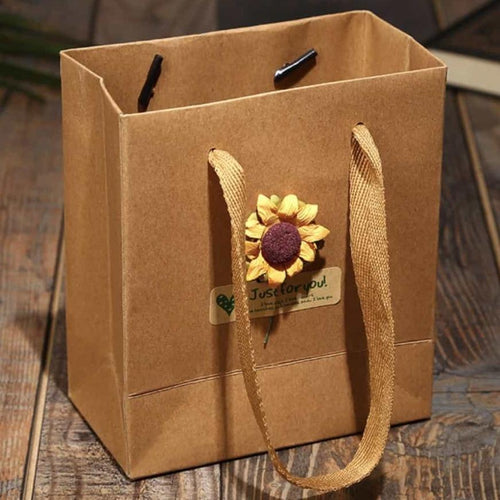Composting is the natural process of recycling organic matter, such as leaves and food scraps, into a valuable fertilizer that can enrich soil and plants. The resulting decomposed matter, which often ends up looking like fertile garden soil, is called compost. It is rich in nutrients and can be used for gardening and agriculture.
Just think about it: food scraps and yard waste together currently make up more than 30 percent of what we throw away, and it could be composted instead! Making compost keeps these materials out of landfills where they release methane - a dangerous greenhouse gas. Composting at home allows us to divert some of that waste from landfills and turn it into something practical for your gardens.
All composting requires three basic ingredients:
- Browns - This includes Reducing Wasted Food Basics
- Greens - This includes materials such as grass clippings, vegetable waste, fruit scraps, and coffee grounds.
- Water - Having the right amount of water, greens, and browns is important for compost development.
But how do you start composting? In this article we are going to talk about the things you need to know before getting started as well as maintaining the process of composting.
1. Choose your compost bin or container
If you prefer to keep compost outside, we would recommend to use either an open pile or a compost bin. Bins have the advantage of being neat, keeping animals out and preserving heat, which is very important. You can purchase a special compost bin from a variety of garden and home stores. Choosing what type of composter will work best for you involves considering three main factors: where you live, what you’ll be composting and whether you want to turn your compost manually or not.
2. Add your layers
Since all compostable materials contain carbon, with varying amounts of nitrogen, composting successfully is just a matter of using the right combination of materials to achieve the best ratio of carbon to nitrogen and maintaining the right amounts of air.
Lay twigs or straw first, a few inches deep. This aids drainage and helps aerate your pile. Then add compost materials in layers, alternating moist and dry. Moist ingredients are food scraps, tea bags, seaweed, etc. Dry materials are straw, leaves, sawdust pellets and wood ashes. Alternate between layers of greens materials (nitrogen-rich material) and browns (carbon-rich material).
You can add clover, buckwheat, wheatgrass, grass clippings or any nitrogen source on top. This activates the compost pile and speeds the process along.
3. Choose Your Composter Location
You should choose a location which is flat, well-drained and sunny. Most importantly you should find a convenient location. If you live in a rainy climate, avoid placing your pile or bin under eaves or places with poor drainage, because the compost may get too soggy. If you live in a sunny environment, find a shady spot so it doesn’t dry up too quickly and you don’t have to keep adding water.
If you don’t have land or outside space, or you want to compost more quickly, consider worm composting, or vermicomposting. It’s a straightforward process, requiring specialized worms (usually red wigglers), a container that provides air for the worms, some carbon-rich materials such as shredded newspaper and then, food scraps.
4. Know what to compost
Technically, anything that comes from the ground can be composted at home. However, do not compost meat, bones, or fish scraps (they will attract pests and animals) unless you are using a composter designed specifically for this purpose.
Avoid composting perennial weeds or diseased plants, since you might spread weed seeds or diseases when spreading your compost.

Picture from "Waste-Free Kitchen Handbook" by Dana Gunders
5. Don’t forget to turn your pile
Every few weeks give the pile a quick turn with a pitchfork or shovel. This aerates the pile. Oxygen is required for the process to work and turning “adds” oxygen. Once you’ve established your compost pile, add new materials by mixing them in, rather than by adding them in layers. Mixing or turning the compost pile is key to aerating the composting materials and speeding the process to completion.
Don’t want to do it yourself? The good news is that you can always outsource your composting!
If you don’t want to compost yourself or can’t compost in your home, you can still collect organic waste and get it to a composter. Some cities have programs that provide curbside collection of organic waste along with regular trash on select days. Check your local municipal website to see if your city has such a program.
This is especially a good idea if you are in restaurant business. Some composting services will maintain the system on your behalf (though it will still require some work on your and your staff’s part), while others simply consult on how to begin composting.











